Activities - Benjamin-Mills
Activities - Benjamin-Mills
Activities - Benjamin-Mills
You also want an ePaper? Increase the reach of your titles
YUMPU automatically turns print PDFs into web optimized ePapers that Google loves.
WM9Check your notes onWhat’s in a Medicine?This activity helps you get your notes in order at theend of this unit.Use this list as the basis of a summary of the unit bycollecting together the related points and arranging them ingroups. Check that your notes cover the points and areorganised in appropriate ways. Remember that you will becoming back to many of the ideas in later units.Most of the points are covered in the Chemical Ideas,with supporting information in the Storyline or <strong>Activities</strong>.However, if the main source of information is the Storylineor an Activity, this is indicated.●●●●●●The difference between primary, secondary and tertiaryalcohols in terms of their structures.Be able to recognise members of the followinghomologous series: phenols, aldehydes, ketones,carboxylic acids and esters.The use of systematic nomenclature to name carboxylicacids and esters.The characteristic properties of alcohols and phenols,including: acidic nature, oxidation of alcohols to carbonylcompounds and carboxylic acids with acidifieddichromate(VI) solution, dehydration of alcohols to formalkenes, test with iron(III) chloride solution, and esterformation with carboxylic acids.The meaning of the term: elimination reaction.The increasing relative strengths as acids of alcohols,phenols and carboxylic acids.●●●●●●●The technique of heating under reflux for reactionsinvolving volatile liquids (Activity WM2).The technique of thin-layer chromatography (t.l.c.) andthe interpretation of results (Activity WM2).How the following forms of spectroscopy can be used forthe elucidation of molecular structure: mass spectrometry(m.s.) and infrared spectroscopy (i.r.).The interpretation of mass spectra (molecular ion andsignificance of the fragmentation pattern) for salicylic acidand simple compounds containing a limited range offunctional groups (hydroxyl, carbonyl, carboxylic acid andester groups).The interpretation of infrared spectra for salicylic acid andsimple compounds containing a limited range offunctional groups (hydroxyl, carbonyl, carboxylic acid andester groups).How more effective medicines can be obtained bymodifying the structure of existing medicines (StorylineWM5).The procedures used in developing and establishing thesafety of a medicine (Storyline WM8 and ActivityWM8).AS LEVEL„ Salters Advanced Chemistry 2000 – see Copyright restrictions157



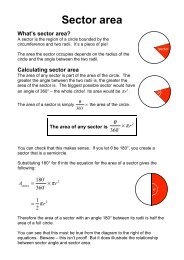
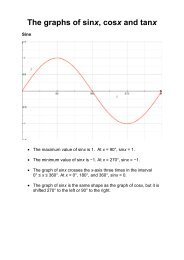
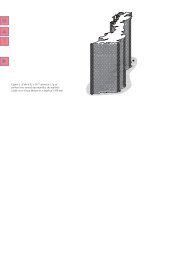
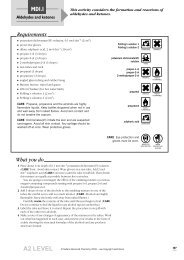
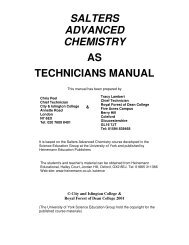



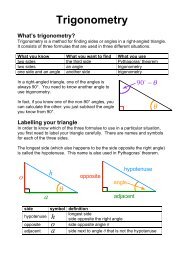
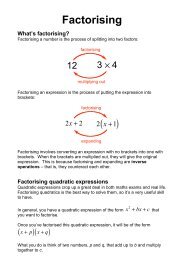
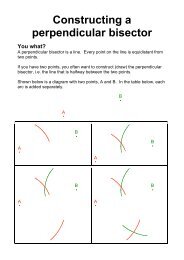


![ISI Web of Knowledge [v.4.10] - All Databases Results - Benjamin-Mills](https://img.yumpu.com/39253071/1/184x260/isi-web-of-knowledge-v410-all-databases-results-benjamin-mills.jpg?quality=85)